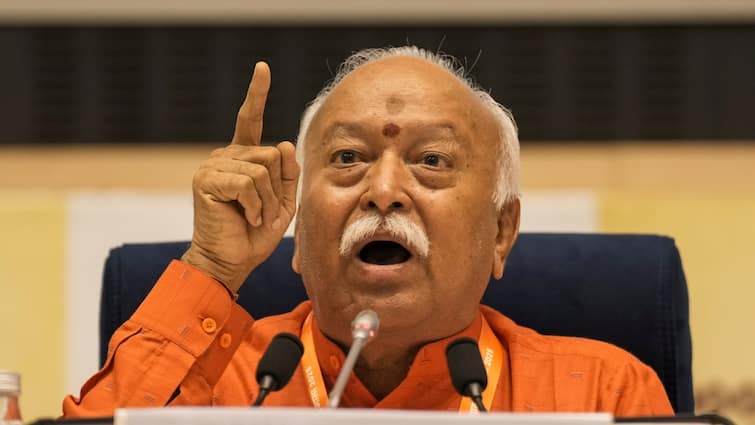Last Updated:
Experts said excessive western disturbances are the main reason behind the monsoon deluge, signalling climate change amplification via global warming

Water from the overflowing Tawi river floods a temple of Ganesh, the Hindu deity of prosperity, following heavy rain in Jammu on August 26. (Image: REUTERS/Mukesh Gupta)
Overflowing rivers, inundated plains, multiple landslides and flash floods caused by cloudbursts – this monsoon, north India witnessed incessant rainfall leaving a trail of deaths and destruction in its wake and throwing normal life out of gear.
In the latest rain-ravaged incident, the death toll rose to 41 in Jammu and Kashmir, of which 34 were pilgrims who were struck by a landslide on the Vaishno Devi route. Pictures of rescue and relief efforts, stranded pilgrims, and massive damage to highways and other public infrastructure show large swathes of land affected by the deluge.
Recommended Stories
August, in fact, has been the wettest month of the year for New Delhi, which recorded 60 percent above normal rainfall. This is, however, true for most parts of India that recorded above-normal rainfall this year.
According to reports, cumulative rainfall stands at 104 percent of the long-period average (LPA) as compared with 101 percent last week. While there are regional variations, northwest India received 19 percent above LPA rainfall, central India 9 percent above, and south India 5 percent above. East and northeast India, however, have continued to face a deficit with rainfall 17 percent below LPA.
In the past week, all-India rainfall was 36 percent above normal resulting in the monsoon mayhem witnessed in the northern parts of the country. And there may be more.
The India Meteorological Department (IMD) has predicted that rainfall in the second half of the monsoon, covering August and September, will be at 106 percent of LPA. But this surplus rainfall has been a boost to India’s farmers, accelerating overall kharif sowing that has reached 109 percent of the normal sown area.
Experts said excessive western disturbances are the main reason behind the monsoon deluge, signalling climate change amplification via global warming. North India’s current rainfall extremes stem from a turbulent mix of climate dynamics, they said.
Himalayan states like Jammu and Kashmir as well as Himachal Pradesh have ended up bearing the brunt which, in turn, has had an adverse effect on downhill states like Punjab that are surrounded by snow-fed rivers flowing in spate. Urban centres like Delhi-NCR, meanwhile, are feeling the strain with waterlogged streets, traffic congestion, and infrastructure breakdown.
WHAT IS THE IMD SAYING?
The IMD has confirmed the extremely heavy rainfall spells are mainly due to the unusual surge in western disturbances — extratropical storm systems typically active in winter and spring — and their interaction with the monsoon.
Here is all you need to know:
- There was slow movement of two successive western disturbances over north India. The second western disturbance became very active and interacted with the monsoonal system having stronger southerly/southeasterly winds across Haryana and Jammu region on August 26.
- There were also two weather systems in the upper air (cyclonic circulations) over the region at the same time. This was further strengthened by more moisture coming from both the Bay of Bengal and Arabian Sea over the region.
- The southwest monsoon, meanwhile, remained active over northwest and central India during the entire week. Additionally, two successive low pressure systems developed over the North Bay of Bengal and moved across central India.
- It further supported the gradual northward shift of heavy rainfall zones from north Konak to Jammu region across Gujarat, Rajasthan and Punjab from August 21 to 27.
- This monsoon recorded an exceptionally high number of western disturbances. From June to August, there were 14 western disturbances, far exceeding the usual count. Now, when these collide with moist monsoon currents (from the Bay of Bengal or Arabian Sea), they trigger intense and prolonged rainfall as well as flash floods, especially in the Himalayas.
(With inputs from Srishti Choudhary, agencies)
About the Author

Oindrila Mukherjee is a senior sub-editor who works for the rewrite and breaking news desks. Her nine years of experience in print and digital journalism range from editing and reporting to writing impactful st…Read More
Oindrila Mukherjee is a senior sub-editor who works for the rewrite and breaking news desks. Her nine years of experience in print and digital journalism range from editing and reporting to writing impactful st… Read More
Loading comments…
Read More





